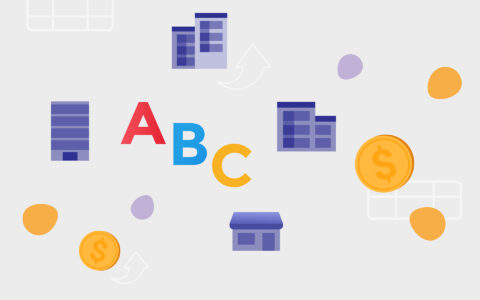Decision Fatigue Is Real: How to Stop Wasting Energy on Endless Micro-Decisions
Decision fatigue is more than just a buzzword. For business owners and entrepreneurs, it’s the silent killer of productivity. The constant switching between emails, spreadsheets, CRMs, and task lists eats away at your energy. Let’s explore why it happens. And how to stop it before it takes over your day.

The Hidden Cost of Micro-Decisions
How many times have you already asked yourself today: Where’s that contact? What was the deadline for this task? Which version of the proposal is the right one?
Every time you pause to answer these small questions, you’re spending mental energy. And while one decision might not seem like much, dozens of them stack up fast. This is what experts call decision fatigue—a state in which your brain becomes overloaded with constant choices, leading to slower thinking, mistakes, and even poor judgment.
For small and medium-sized business owners or solopreneurs, the problem grows bigger. Your day is already packed with client calls, follow-ups, project planning, and endless emails. Add to that multiple platforms - email here, CRM there, a separate calendar, scattered notes - and you’re forced into constant context-switching. The result? Lower focus and reduced productivity.
A Day in the Life: Lost in Tools and Tabs
Imagine it’s 9:00 AM. You open Outlook to check emails, then switch to a spreadsheet to update a client list. A Slack message pops up, pulling you into another task. At 11:00 AM, you’re digging through your inbox for the latest version of a proposal. By noon, you’ve already made a hundred tiny decisions just to locate information, and your energy is drained.
Instead of focusing on strategic growth or closing deals, you’re overwhelmed with administration. This is decision fatigue at work - not because the big decisions are too hard, but because you’ve wasted brainpower on trivial ones.
Why Decision Fatigue Hurts Your Business
Decision fatigue isn’t just exhausting - it’s expensive. Here’s how it impacts your daily operations and bottom line:
- Slower responses: When you spend minutes searching for information, customers and partners are left waiting.
- Missed opportunities: A follow-up gets buried in your inbox, and a potential sale slips away.
- Weaker relationships: When clients feel you don’t remember their last request or can’t provide quick answers, trust erodes.
- Mental overload: Even simple tasks feel heavy when you’ve already made too many small decisions.
All of this adds up to one thing: lost productivity and lost revenue.
The Cure: Simplify Your Work Environment
The good news? You don’t need more tools - you need fewer.
The more apps you juggle, the more your brain works overtime to keep up. The real productivity boost comes from consolidating. For many professionals, Outlook is already the central hub of their daily communication. So why not build on what you already use?
That’s exactly where a CRM in Outlook comes in. Instead of switching between email, spreadsheets, task lists, and third-party platforms, you manage everything in one environment:
- Contacts: Keep all client data in one place, clean and up to date.
- Emails: Automatically link emails to the right customers and projects.
- Tasks: Turn any email into a task with one click - no copy-paste, no missed follow-ups.
- Projects and deals: Track progress, deadlines, and responsibilities without leaving your inbox.
With an all-in-one CRM for small businesses, you know exactly where to look every morning. No more hunting through dozens of tabs. Just clarity and focus.

Real-World Example: From Chaos to Control
Take a small manufacturing company as an example. The owner spent half his morning jumping between Outlook, Excel, and a shared drive just to find out who was supposed to call which client. By lunchtime, he felt exhausted, and the real work—meeting new customers and pushing projects forward—was still to come.
After integrating a CRM directly into Outlook, things changed - emails from new prospects turned into contacts automatically. Tasks were generated with deadlines based on email content. Every document was stored on the right project card.
The result? No more confusion, no more missed opportunities. The team gained back hours every week, their decision fatigue decreased, and productivity shot up.
Beat Decision Fatigue with CRM and AI
Reducing mental clutter isn’t just about having fewer apps. It’s also about letting technology take over the repetitive decisions that slow you down.
Modern CRMs bring in automation and even AI features that help you:
- Suggest deadlines for tasks created from emails.
- Recognize key phrases in messages and recommend follow-ups.
- Organize and prioritize your workload without you having to think twice.
- Keep your customer information synchronized across Outlook, projects, and tasks.
This isn’t about replacing human decision-making. It’s about freeing your brain from the small stuff—so you have energy left for the big, strategic choices that actually grow your business.
One Step to a Lighter Workday
You don’t need to spend thousands on complex systems. You can start with a free CRM that lives right inside Outlook. You’ll get contact management, email tracking, task automation, and project management—all in one familiar tool.
By cutting down on micro-decisions and eliminating constant app switching, you’ll boost focus, make faster decisions, and unlock new opportunities.
Email might be just one chapter. But with a CRM inside Outlook, you’ll finally see the whole book.











